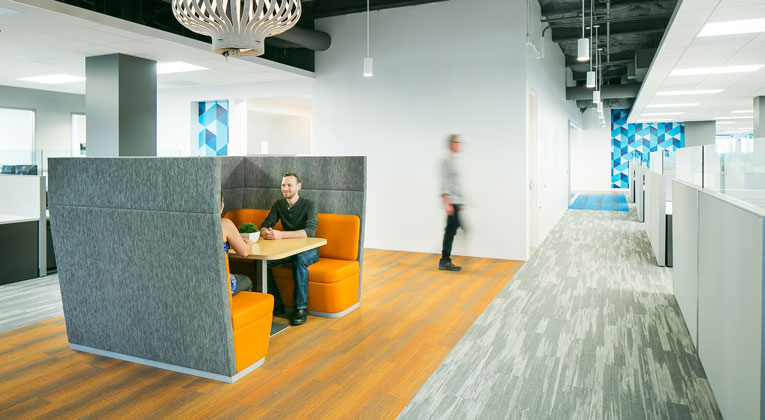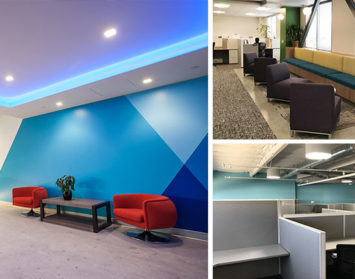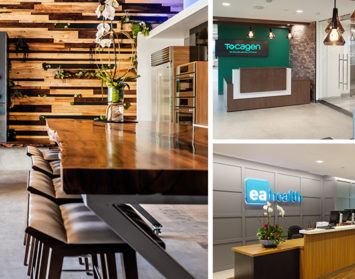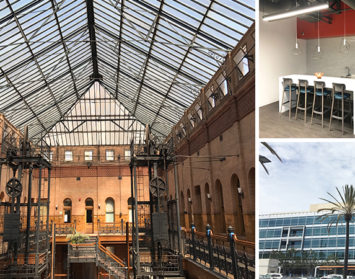By Steven Gorup
As office space evolves for the changing needs of a mobile workforce and businesses continue to embrace open office floor plans, the understanding of the impact of office acoustics is becoming more and more critical, as new architecture and designs are delivering both successes and unintended consequences.
Workspaces with trendy elements such as open ceilings, sealed concrete floors and glass walls are just a few examples of the aesthetics and essentials that define today’s modern office space. Intended as both economic and cultural rationales to lower costs and foster collaboration, as well as to attract and retain talent; the consequence is that privacy has taken a backseat, often affecting productivity due to increased noise levels.
A Harvard Business Review article cites two studies indicating that noise issues are a serious concern to both employees and management. First, excessive sound was the largest negative related to privacy, and second, each day workers clocked 86 minutes of reduced worktime due to noise levels.
While we doubt office space is destined to return to office centric plans with closed doors and stuffy meeting rooms, there are definitely areas for improvement. How do companies reach a happy medium, creating a collaborative environment with private space and lower noise levels? That’s the million-dollar question. By considering the following acoustical aspects for your space, you will be well on your way to setting up your office for success.
Construction Considerations
Unquestionably, the primary causes of elevated noise levels in open office layouts are hard surfaces and direct air gaps between spaces. From a construction perspective, sound transmission can be moderated by taking a close look to identify areas where sensitive information may be discussed, and have walls run ‘full-height’ from the floor to the structure above. Additional insulation can also be added in walls and to HVAC ductwork. Even the smallest gaps shouldn’t be ignored. The space between the end of the wall and the window mullion is a common culprit for sound transfer. Fabric wrapped panels, which are typically added to conference rooms, can also work well in workstations or on common area office walls.
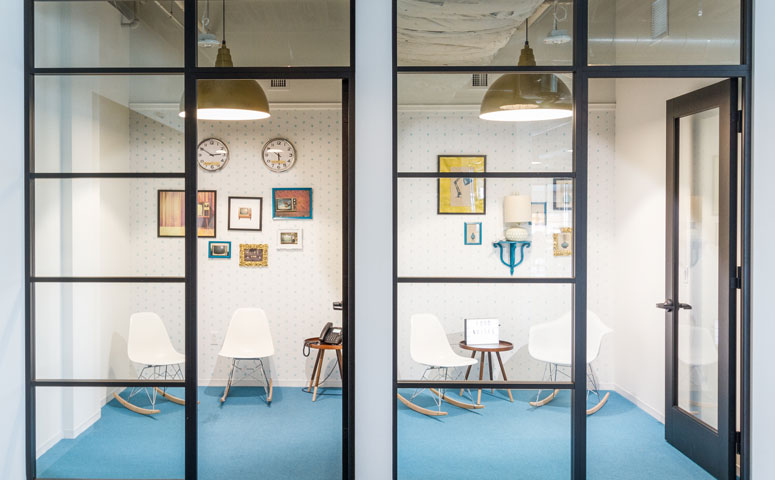
Provide Communal Areas to Foster Collaboration
One of the difficulties in the design of office environments is the balance between collaboration space, gathering space and exclusive workspace. A good design must incorporate communal areas such as: breakout spaces, lounges, recreation areas and even phone booths, alongside dedicated quiet, private work areas.
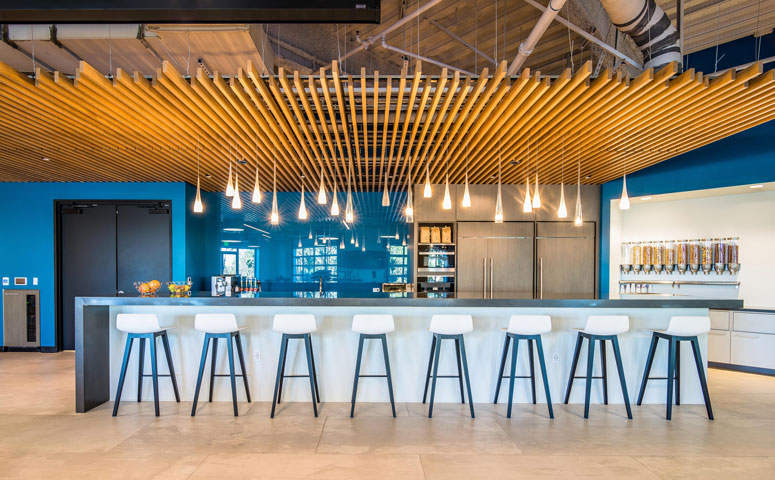
Explore Open Ceiling Solutions
While open ceilings can be architecturally stunning, they can also add to the noise level of the space. Solutions can range from adding sections of cost effective Acoustical Ceiling Tile to a more expensive spray applied acoustical insulation. For design flare, ceiling clouds, such as Armstrong or Whisperwave products can be positioned horizontally or vertically, and come in a variety of shapes and sizes and provide a creative energy to a workspace, while also controlling sound levels.
Research Acoustical Products
No construction or design is perfect, and change is often necessary. The marketplace is flooded with acoustical products and solutions ranging from fiber textiles, technology panels and wool and felt coverings. Brands such as Kirei, FilzFelt and Snowsound USA, are good examples to begin your research.
Mask Conversations
Adding in sound to a workspace can also reduce the effect of loud noise. Sound Masking, according to industry-leader Cambridge is: “Ambient background sound engineered to match the frequency of human speech for greater speech privacy.” Installing sound masking systems can be a cost-effective solution and also can raise concentration rates as the machines drown out surrounding noises and conversations.
Absorb Sound Through Flooring Solutions
What your team walks on can make a large impact too. The hard surfaces of concrete and luxury vinyl tile flooring amplify sound, so consider carpet, or area rugs as decorative and logical solutions.
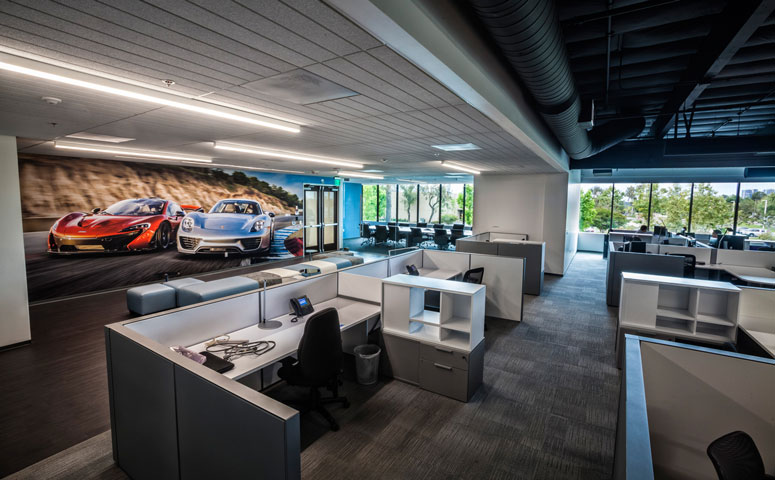
Add Partitions for Privacy
While open space arrangements tend to enhance visibility and collaboration, additional privacy elements should be considered. Orientation of furniture as well as workstation panel heights and materials should be taken into consideration during the planning stage. While there is no magic number to the height of the partitions, furniture showroom tours can allow teams to experiment and determine what employees feel is a meaningful balance of privacy and engagement.
With so many noise mitigation offerings out there, researching the best approach for your company can get overwhelming if not handled by an expert. By contacting one of our Hughes Marino program, project and construction management professionals to help strategize the best approach for your company, you can rest assured our level of experience on this topic will help achieve exactly what you want for your workspace.
Steven Gorup is director of Hughes Marino, a global corporate real estate advisory firm that exclusively represents tenants and buyers. Contact Steven at 1-844-662-6635 or steven@hughesmarino.com to learn more.

